
Travel
16:14, 17-May-2018
How to see Beijing in 72 hours without a visa
By Dong Xue

Traveling to China is no longer a luxury for many foreign passport holders. The Chinese government has unveiled a 72-hour visa-free transit scheme that offers access to visitors from 53 countries including the US, France and Austria.
Let’s start with the capital of China, the colossal Beijing. With over 20 million residents and thousands of years of history, there is so much to see and do in the city. Whether it’s checking out the Forbidden City or wandering around Jingshan Park, the city is full of surprises and adventures. Don’t forget, the food in the provincial government restaurants is definitely worth your time.
Here’s a pick of the best in Beijing!
Mutianyu Great Wall
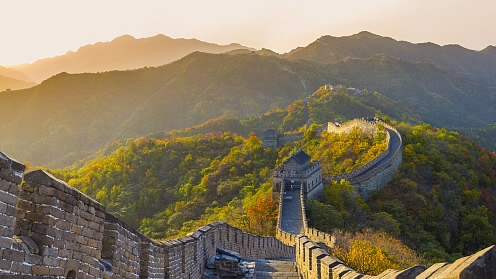
Mutianyu Great Wall /VCG Photo
Mutianyu Great Wall /VCG Photo
Your trip to Beijing isn't really complete without seeing one of the "New Seven Wonders of the World," the Great Wall of China.
The ancient Great Wall was built over two millennia across northern China and southern Mongolia. The Mutianyu section of the Great Wall is by far the most well preserved of all. Taking a one-hour bus ride, Mutianyu would be your ideal location for a half-day of hiking away from the stifling large crowds in the city. Also, the authorities have allowed tourists to paint graffiti on a specific section of the Great Wall since 2014.The Great Wall was designated a UNESCO World Heritage site in 1987.
The Forbidden City and Jingshan Park
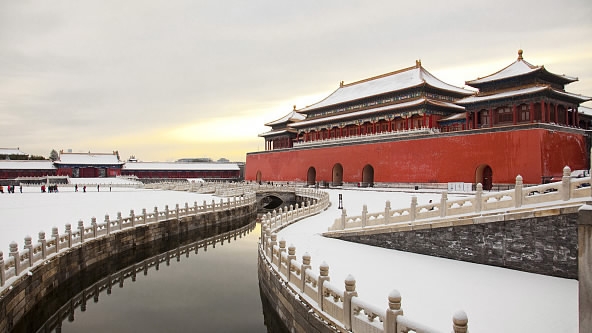
the Forbidden City /VCG Photo
the Forbidden City /VCG Photo
Lying at the heart of the capital, the Forbidden City, or more accurately, the Imperial Palace, was home to 24 Chinese emperors during the Ming and Qing dynasties. Twice the size of the Vatican, it consists of 999 rooms that served the emperors and their concubines. Also, it’s the largest and most well-preserved wooden palace complex in the world.
Once you step inside the complex, you’ll immediately embrace ancient China, with bright red dragons and phoenix carvings decorating the wood almost everywhere you look. Walking upon the old stones, tour guides tell you the most intriguing stories you would never be able to find online. Language barrier? Don’t worry; the audio guide will help with that.
The Forbidden City is increasingly devoted to museum spaces. Travel exhibitions including “Imperial Splendors: the Art of Jewelry Since the 18th Century” and “Treasures of China” have been featured there, as well as daily exhibitions displaying large portraits, furniture, court paintings and fine decorative art.
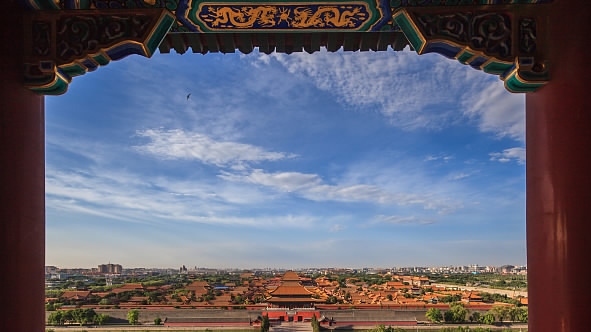
Jingshan Park /VCG Photo
Jingshan Park /VCG Photo
If touring the inside of the Forbidden City is not enough, nearby Jingshan Park offers you panoramic views of Beijing and a unique view of the former palace.
Facing the Forbidden City’s north gate, Jingshan Park is the best spot for enthusiasts to have it all. It was once a private park reserved for the use of the emperor in the Yuan Dynasty, but later an artificial hill with five peaks was built just to help tourists reach the top.
Nanluoguxiang / South Luogu Lane
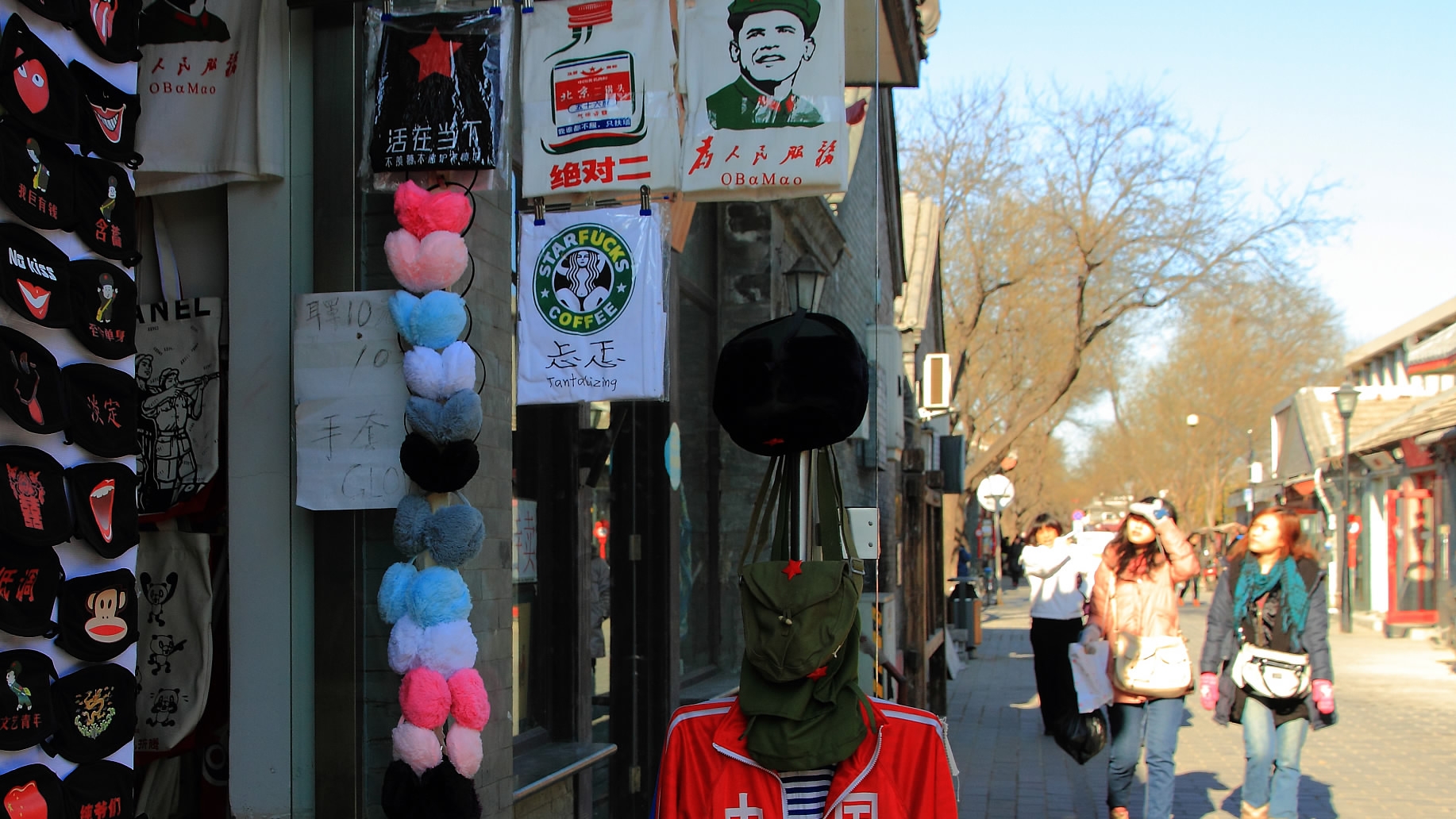
South Luogu Lane /VCG Photo
South Luogu Lane /VCG Photo
More than 700 years old, Nanluoguxiang is one of the few well-preserved areas of the old city. It has been updated with hundreds of bars, cafes and boutiques run by creative youngsters.
Measuring 786 meters long, but just 8 meters wide, the street snakes through the neighborhood at the northern end of the Forbidden City. Some famous residences of old Chinese artists, politicians and social activists from the past are spread throughout the alley, or “hutong.”
798 Art Zone

798 Art Zone /VCG Photo
798 Art Zone /VCG Photo
This would be on the top of my list! Named after the 798 factory that was built in the 1950s, the art zone situated in the northeast part of Beijing is home to various galleries, design studios, art exhibition spaces, fashionable shops and bars.
You could easily spend half your day wandering around the complex, feeling the contrast of the present and the past. Rusted industrial plants and crisscrossed pipelines create an intriguing backdrop to the elaborate graffiti-covered brick walls.
Galleries worth checking out include the Pyongyang-based Mansudae Art Studio, which exhibits the work of Democratic People's Republic of Korea (DPRK) artists and sells DPRK collections, as well as art exhibitions from Japan’s Teamlab. It frequently holds significant fashion events and international art festivals as well.
Summer Palace
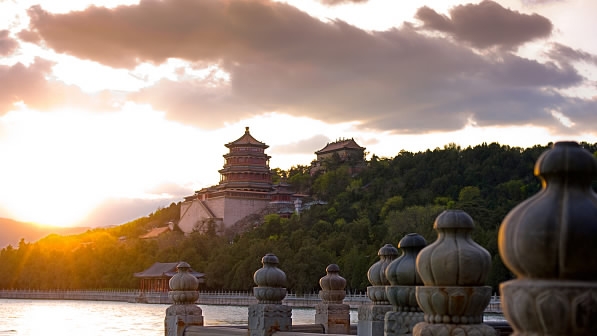
Summer Palace /VCG Photo
Summer Palace /VCG Photo
Located in northwest Beijing, the Summer Palace is by far the city’s most well-preserved royal park and a whopper of a complex to walk around.
With its huge lake and hilltop views, the palace offers you a pastoral escape into the landscape of traditional Chinese paintings. Huge Kunming Lake swallows up three quarters of the entire park, overlooked by Longevity Hill.
The principal building is the Hall of Benevolence and Longevity, where old ruling emperors used to govern; the Long Corridor, which sits just inside the east gate, is now occupied by seniors playing chess and holding their birdcages.
Walking farther inside, you’ll find the Garden of Virtue and Harmony, the former entertainment complex for Empress Dowager Cixi of the Qing Dynasty. This three-story theater stage is the biggest and best-preserved wooden stage in China, with a delicate design and magnificent structure.The Summer Palace was added to the UNESCO World Heritage List in 1998.
Sichuan Provincial Restaurant
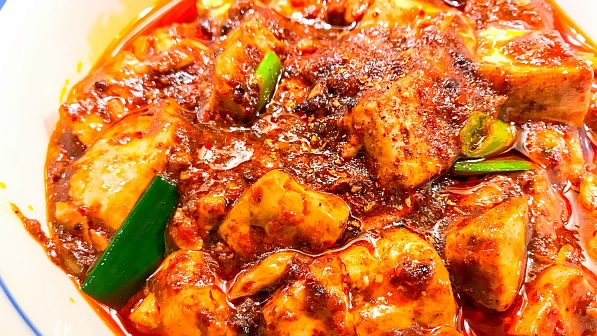
Mapo Tofu /VCG Photo
Mapo Tofu /VCG Photo
While in Beijing, apart from trying the city’s signature Peking duck, enjoy regional cuisine at one of the provincial government restaurants. The Sichuan provincial restaurant, or Chuanban, as the Chinese call it, is one of them.
Behind Jianguomen’s main thoroughfare, east of the Forbidden City, you will find this traditional courtyard-style restaurant sitting on a side street. It offers one of China’s eight great cuisines, Sichuan, which ranges from Mapo tofu to spicy chicken. Almost everything served here is seasoned with Sichuan peppercorns, be prepared!
The Temple of Heaven
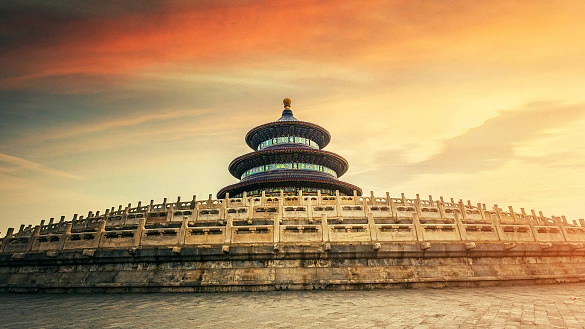
Temple of Heaven /VCG Photo
Temple of Heaven /VCG Photo
Originally constructed during the Ming Dynasty, the Temple of Heaven was a sacrificial temple used by emperors to appease the heavens in order to bring prosperity to their people and ensure the harvest in the coming year. The ceremonial processions traditionally started from the south gate. Enter the long corridor and navigate through the crowds, the Hall of Prayer for Good Harvests will soon come into view with its three-tiered roof and stunning blue glaze.

SITEMAP
Copyright © 2018 CGTN. Beijing ICP prepared NO.16065310-3
Copyright © 2018 CGTN. Beijing ICP prepared NO.16065310-3